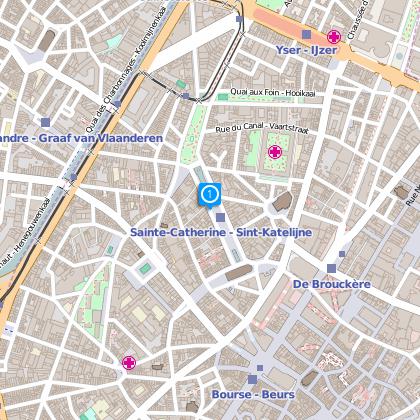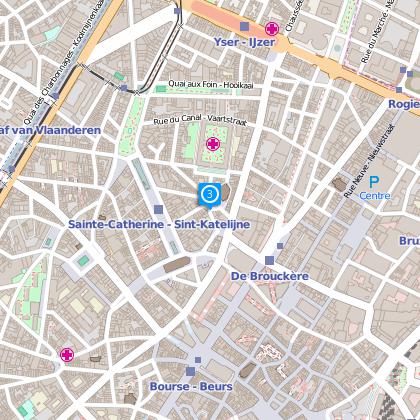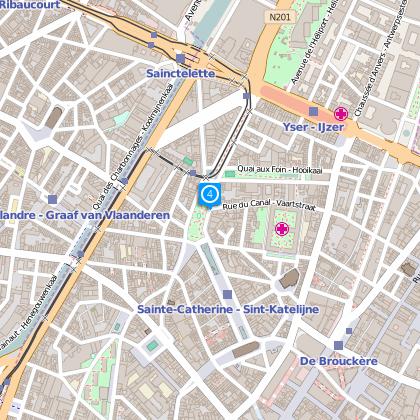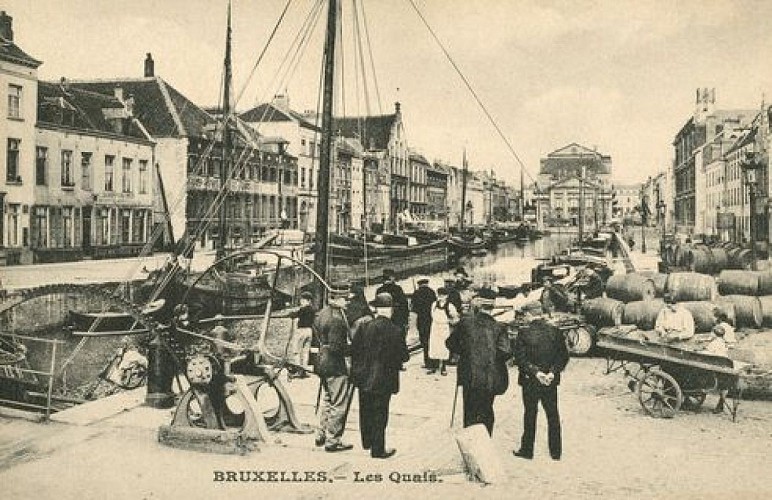Alert
Alerts
Type of practice
Walking
Cycling
Presentation
Description
Map
Steps
Ratings and reviews
See around
Walk in the old harbor

Credit : Vismet
IGN cards
Description
A walk in the old port of Brussels. From the 'Bruxelles, chemins de ronde - circuit de l'ancien port' folder by the Monuments and Sites service of the Brussels Capital Region.
Technical Information
Walking
Difficulty
Not specified
Dist.
3.2 km
Type of practice
Walking
Cycling
Show more
Altimetric profile
Starting point
1000
Brussels
Lat : 50.85245Lng : 4.34738
Steps
Data author
Ratings and reviews
To see around









